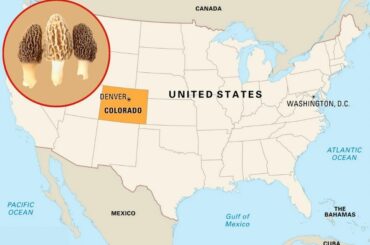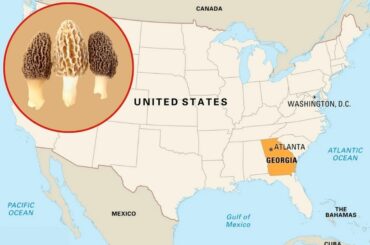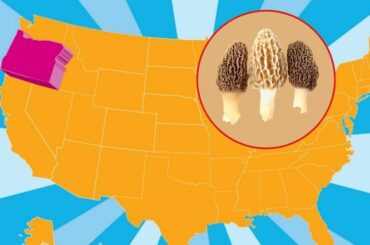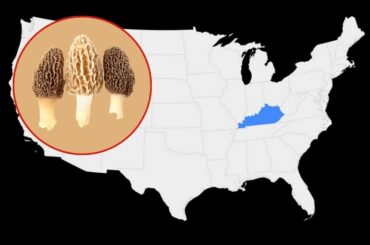What do you do with spore prints? Most mycologists make spore prints to preserve them. While this is the primary purpose of getting spore prints, there are some other uses of spore prints as well.
Every year, when the rain falls, we find different types of mushrooms in our yard. Some of them are edible while others are not. While we can make some delicious meals with those edible mushrooms, we have no other choice than to dump all other mushrooms. But I find it unavailing to dump those shrooms. So, I make spore prints out of them. Then arise the next question. what we can do with spore prints and how to preserve them.
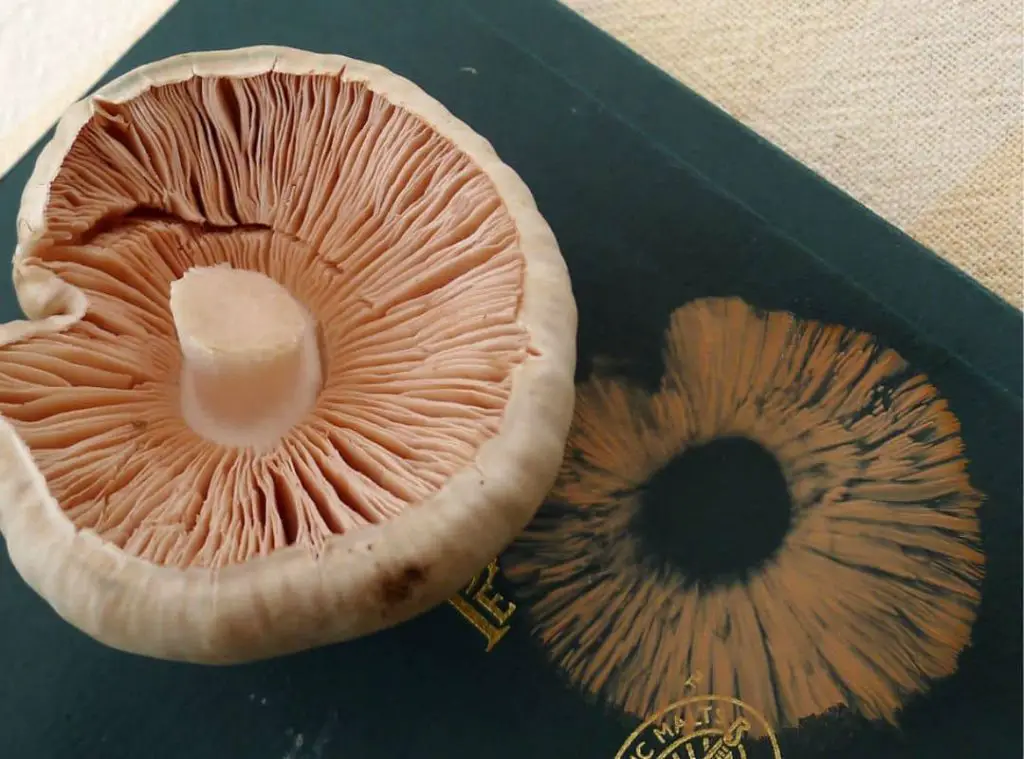
What do you do with spore prints?
Contents
Spores are reproductive cells of mushrooms. Mushrooms produce spores to reproduce their species. Simply, if we compare mushrooms with a tree, spores are the tree’s seeds, while the mushroom is the tree’s fruit. The tree itself is the mycelium that grows on the substrate. Just like we collect seeds from fruits like apples and mangoes, we collect spores from mushrooms. For that, we make spore prints.
Collecting mushrooms from the wild and making spore prints is a fun and interesting activity. But most mushroom collectors use this method to preserve mushrooms. So, basically, what we can do with spore prints varies by the purpose of collecting them.
We can do a few main things with spore prints.
- Grow Mushrooms
- Preserve them for future use
- Make spore print art
Grow Mushrooms
Some mushroom species are easily grown in the wild, while others are rare. There are some delicious species among these rare mushrooms like morels, enoki, porcini, and black truffles. These mushrooms are considered a delicacy in most countries and thus have a higher value. Therefore, many mushroom hunters go to the wild in search of those delicious mushrooms.
When they find them, they collect them and sell those. However, some mushrooms become mature enough to collect spore prints. So, educated mushroom collectors often make spore prints out of them so that they can release the spores wherever they prefer (depending on the soil and the climate of that area) and collect mushrooms when they grow in the future. As we said before, spores are the seeds of mycelium. When they find a suitable place, they germinate and grow into a new life form, mycelium. So, what we do here is select a suitable location for the mushroom spores to flourish.
In addition, we can artificially provide ideal conditions and grow mushrooms at home. You will have to prepare a growth medium and a clean place for this. Although some spore prints do not succeed, some grow successfully. Depending on the mushroom type, trying to grow mushrooms at home is worth a shot.
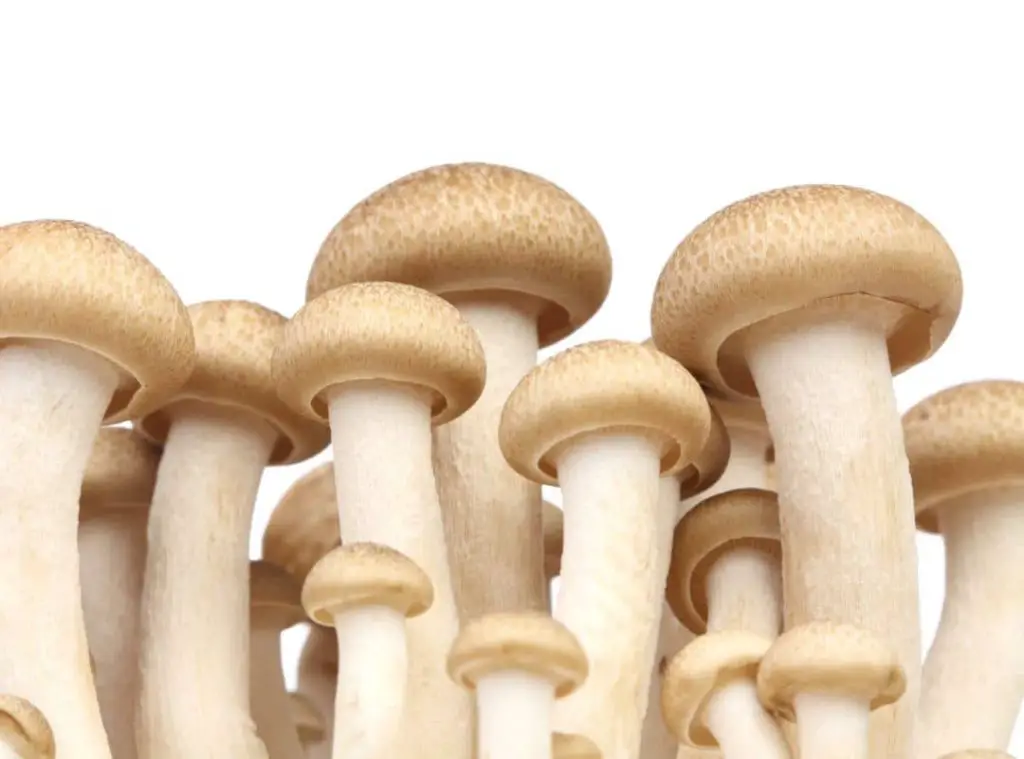
What conditions are needed for a mushroom to grow?
Mushrooms grow in dark, cool, and humid environments. They require about 15-16°C (60-61°F) temperature and a Relative Humidity (RH) between 80-90% to grow successfully. They don’t grow below 10°C (50°F) or above 20°C (68°F). The surrounding should be dark enough with access to filtered sunlight for about 3 hours per day.
Mushrooms usually grow under trees, logs, and caves in the wild. This is because these places contain the best conditions for mushrooms to thrive. If you want to grow mushrooms at home, you will have to provide these conditions artificially.
You can control the temperature with a heater (if you live in a cold country) and control the humidity by spraying water on the growth media. You should keep the growth media inside a dark room to provide the darkness. But you should also light up the room for about 3 hours. For this, you can use a full spectrum LED light.
How to grow mushrooms with spore prints?
Now you know that mushrooms require specific conditions to thrive. Preparing the growth media also requires some steps for successful mushroom cultivation. If you want better results, you can not just spread the spores in your backyard and hope for the best. Below are the steps to follow when growing mushrooms with spore prints.
Collect the spores
First, you should collect the spores from the spore print. Collect the spores from the spore print with a piece of paper or glass. Make sure to utilize a clean surface to avoid contaminating the spores. Since spores are small cells, it is easier for bacteria to take over them. So we should minimize those chances by using clean materials.
Prepare the substrate
Mushrooms also require a substrate to grow. The part that grows under the substrate is called mycelium. It requires organic materials to thrive. We can use various things like straw, coffee grounds, vermiculite, hardwood pellets, manure, and logs. Mix 2 to 3 organic materials and sterilize the substrate by steaming it. Sterilizing will ensure that no bacteria or fungi are living before growing mushrooms.
Inoculate the substrate
Now, Inoculate the substrate by adding the collected spores into it. You can either mix the spores into the substrate or apply them on top of the substrate. Additionally, you can grow mycelium on an agar sample 3 days beforehand, and when the mycelium starts to grow, transfer it into the substrate. This way, you can ensure that the spores you are using are not contaminated.
Incubate
After inoculating the substrate, it must be incubated in a dark, humid environment. This can be accomplished using a terrarium or a plastic bag. Be sure to provide ideal conditions for the mycelium to grow, as mentioned above.
Wait for the mushrooms to grow
Mushrooms take about two weeks to a few months to grow mycelium. Once the mycelium has been established, it will start to grow mushrooms in your growth media. During this time, do not disturb the substrate and be patient.
Collect the mushrooms
Once the mycelium starts to produce mushrooms, you can pick them up and enjoy them.
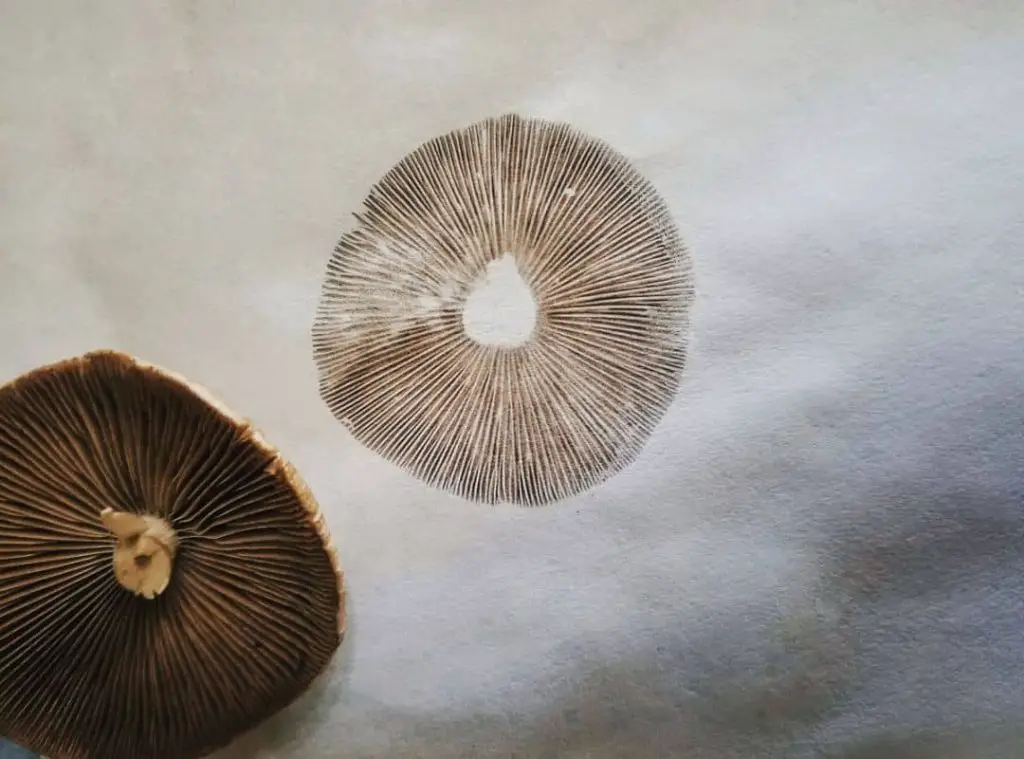
Preserve them for future use
The second thing you can do with spore prints is preserved them for future use. Spores have an extremely long life span of about 18 years maximum. If the conditions are met, they will stay viable for an incredibly long time. Spores usually lose their viability when they age or are contaminated. While the former is not avoidable, the latter is. For that, you can preserve the spore prints in various ways.
The most common way of preserving spore prints is to place them in an envelope or a zip lock bag. This way, you can prevent contamination and keep them for future use. Additionally, you can cover the spore print in tin foil before putting it into the zip lock bag for extra safety. You can also add a small packet of silica gel to absorb the moisture in the bag.
To preserve your spore print longer, you should keep the sealed spore print in a cool, dry, and dark area. If you can not find a place in room conditions, you can always keep it in the refrigerator. Keeping your spore print in the refrigerator can ensure longer shelf life.
Make spore print art
Spores come in various colors, from black, brown, rust, and cream to vivid colors like pink, yellow, red, purple, green, and orange. If you have an artist’s eye, you can create various art with spore prints. While this may not be the preferred option of mycologists, it is something you can do with spore prints.
We have seen many talented artists make spore print arts that can encapsulate everyone. So, if you are an artist and have a whole lot of mushrooms in your yard, try creating something with the spore prints. You won’t be disappointed. If you happen to create spore print art, here are some tips to keep the spores in place.
Varnish the art
Since you don’t intend to grow mushrooms later, you can varnish the paper to keep the spores in place. The easiest way to varnish papers is to use a varnish spray.
Spray some artist spray
This is another way to seal the spore in place. You can use some artist spray to lightly spray on the spore print so that it can remain sealed. For this, transparent sprays are the best, But you can also use colored sprays depending on your creativity.
Spray some hair spray
You may not believe this, but hair spray also works on this job. Spray some hair spray on your spore print art, and you will be good to go. After sealing your art, be sure to frame it so you can display your art on the wall.
In conclusion
I think now you know What Do You Do with Spore Prints? Spore prints can be used to grow mushrooms, preserve them for the future, and create spore print art. Depending on your purpose of collecting spores, you can do various things with spore prints. We have shared how to do it in this article, whatever your choice. So, why wait? Go find some mushrooms and make some spore prints.
Read Next : How Long Do Spore Prints Last?

